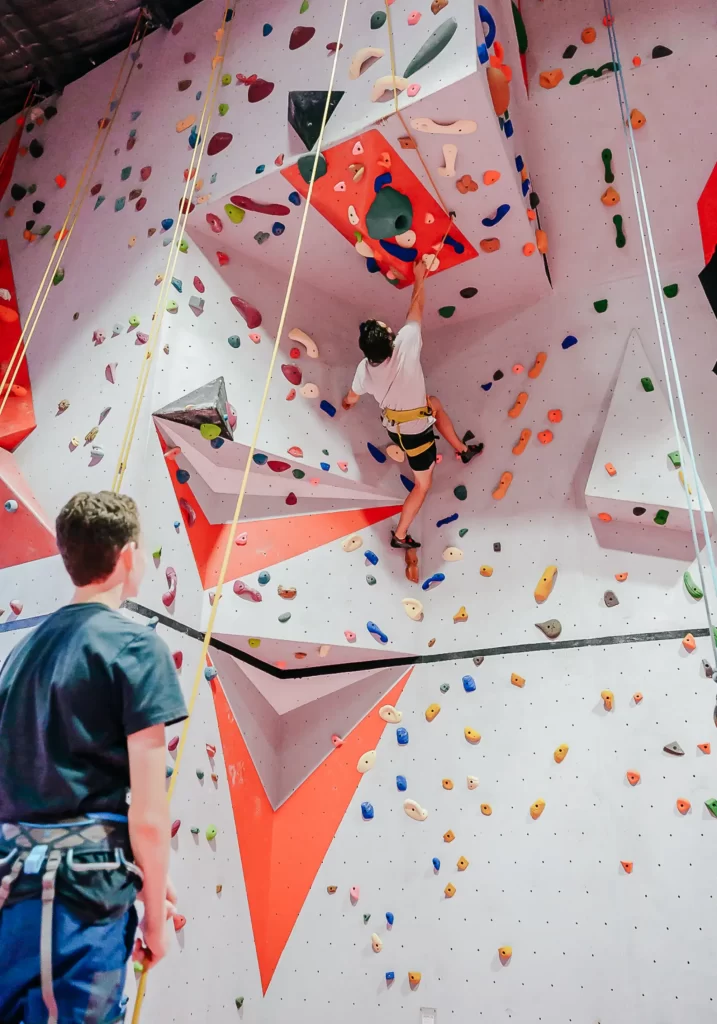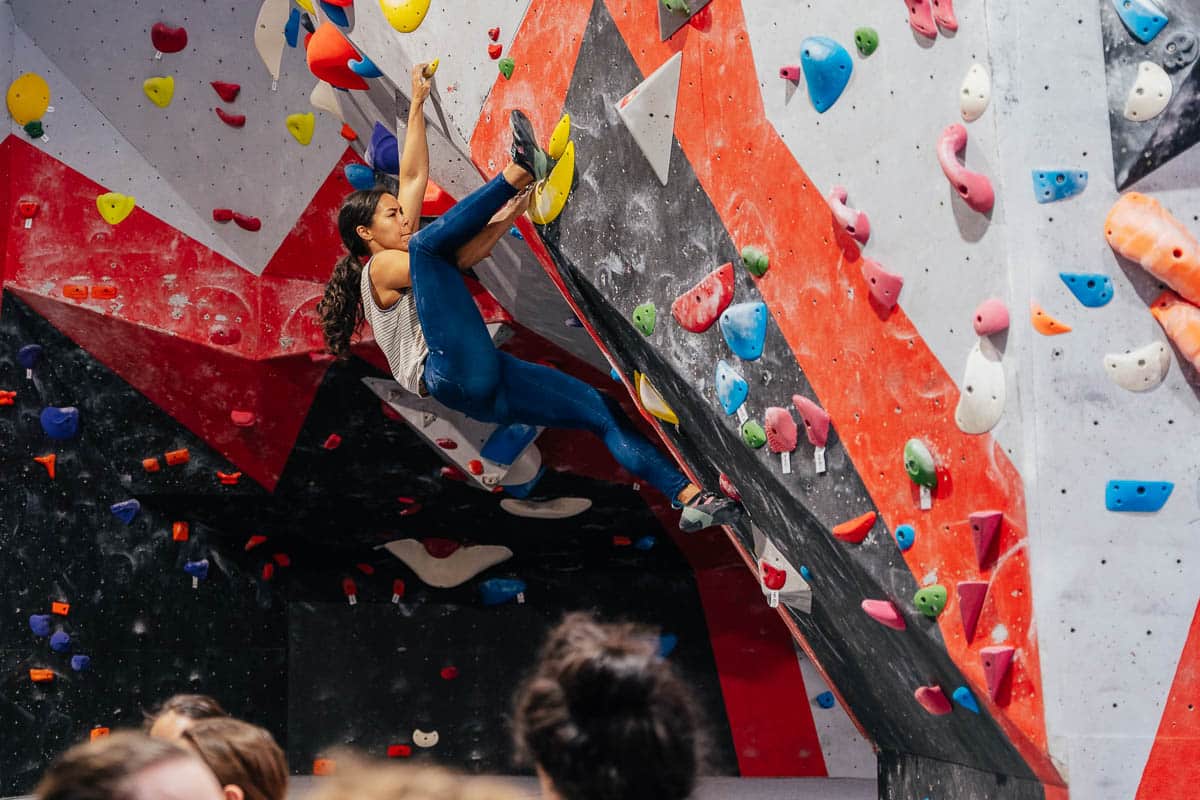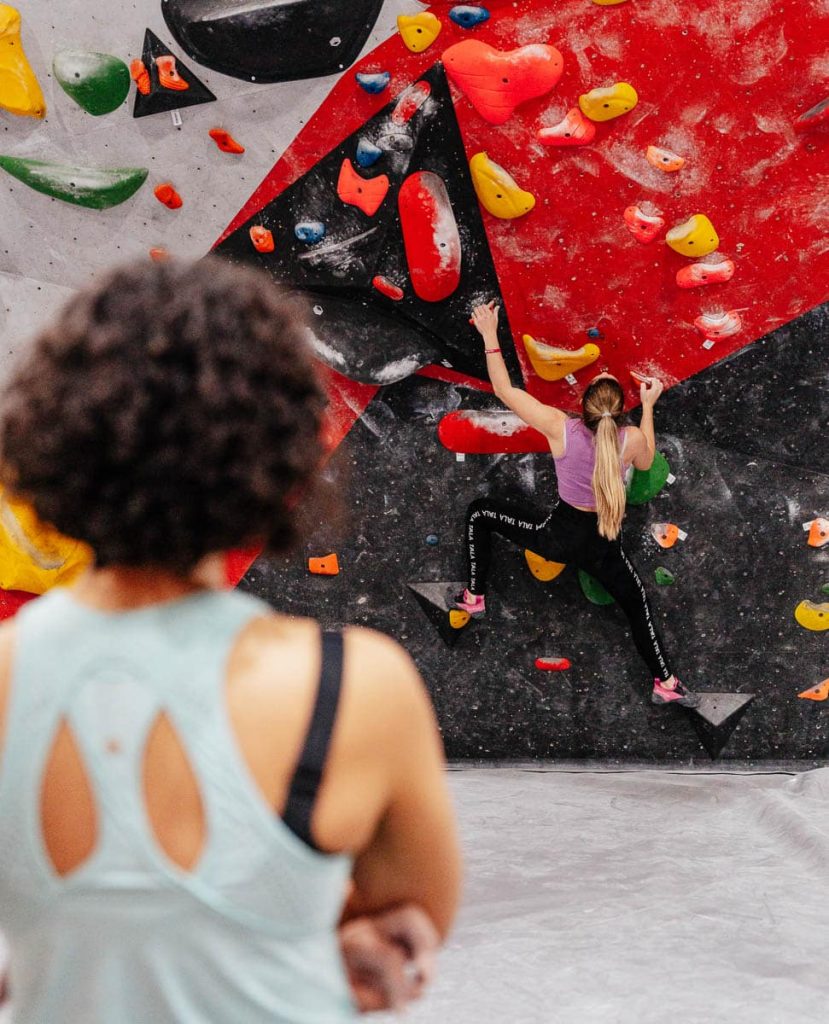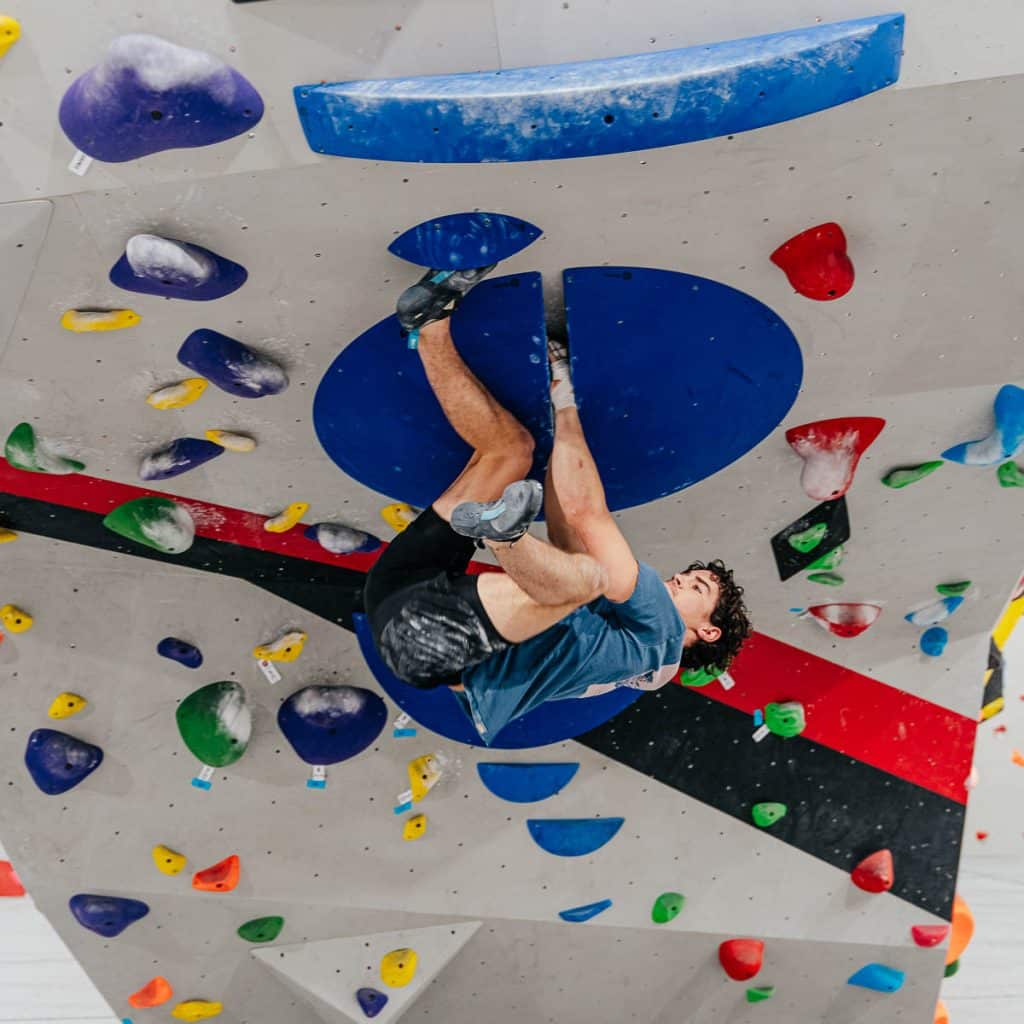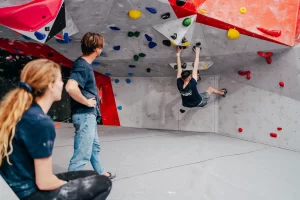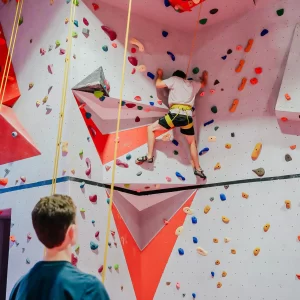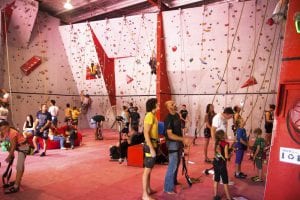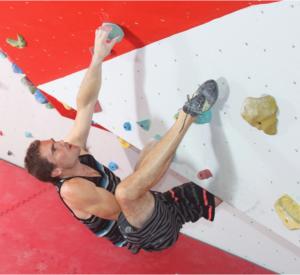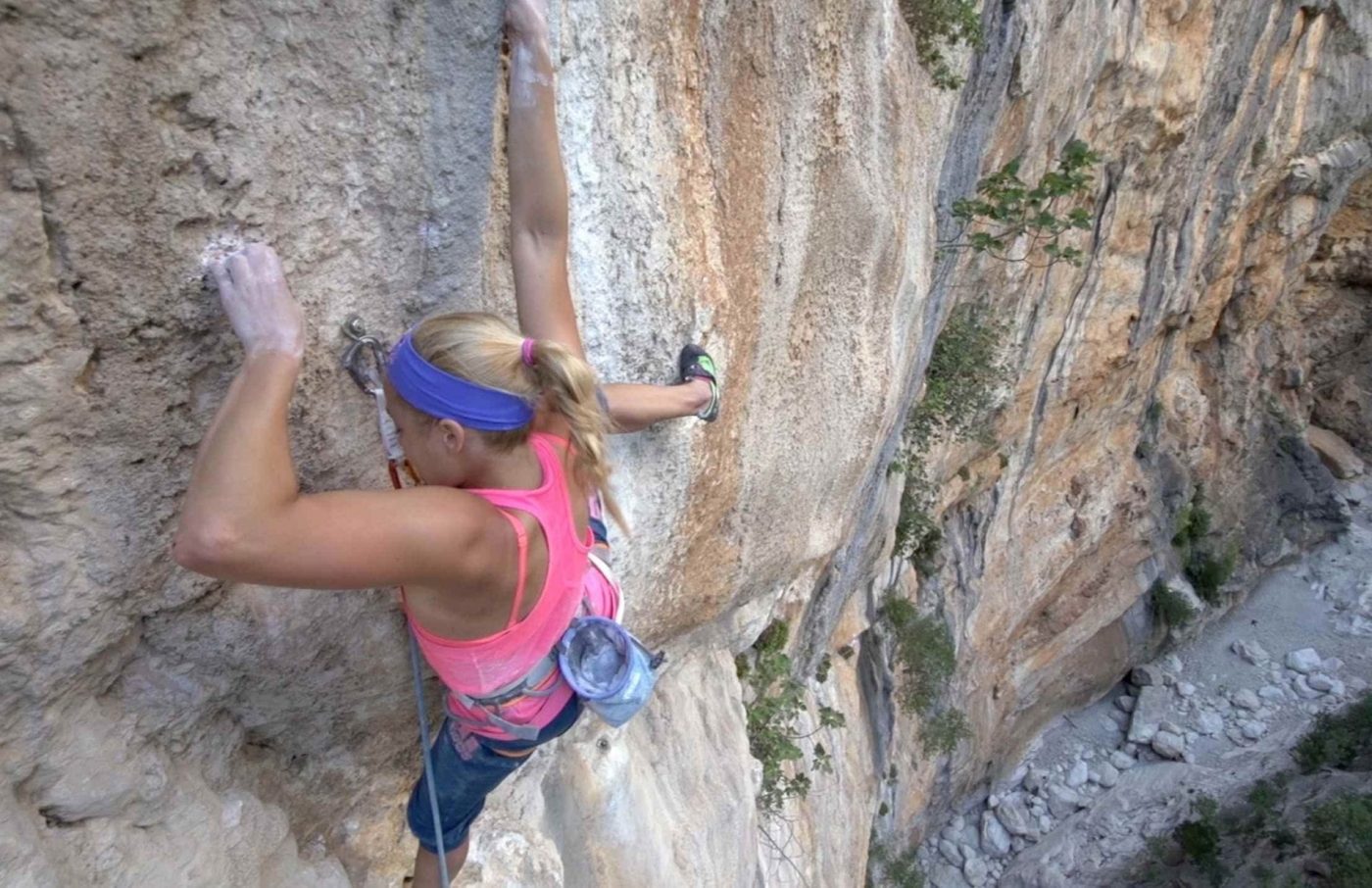
Climbers Elbow
With the rise in bouldering and climbing specific training, comes an increase in overuse injuries, and the elbow is the second most commonly affected area.
Injury to the elbow happens when we push to the extremes of movement or when the elbow is overloaded. BE CAREFUL at the end of a session; as you fatigue the risk of injury increases and the load required to cause injury decreases.
There is a number of climbing related elbow injuries, and each has a slightly different mechanism of injury and a different approach to treatment and recovery. Most of them however are due to weakness or poor training technique.
Elbow injuries
Triceps tendonitis; avoid doing pull ups from a dead hang

Tennis elbow: often due to short and weak wrist extensors

Climbers Elbow (brachialis tendonitis +/- joint capsule compression):

Often due to repeated lock-off training. Low Lock offs put the deep connections of the elbow under extreme stress (the lower the lock off the more load). This is commonly called climbers elbow and it can also involve the joint capsule, and the deep flexors and extensors of the elbow.
What to do?
If you get any of the injuries mentioned already, the tissue needs rest (anywhere from 4 days to 4 weeks) to recover. Then a gradual return to climbing is allowed. In most cases avoiding bad techniques and habits is all that is required to return to your peak, however in some cases a change in the type of climbing (eg. from doing primarily steep big holds to vertical climbing) or specific strengthening exercises may be necessary.
Note: Be cautious of high-risk training techniques such as down jumping, lock off training, down climbing, campus boarding and campusing should be done with caution, especially when done at the end of a session. While these training techniques are starting to change, boulder’s are still at risk as they continue to spend the lion’s share of a session trying to complete “the crux” of a problem. These high-load, repetitive movements will load the same structures in the same way, over and over until they fail.
Conclusion
So don’t do your hard climbs at the end of a session, be careful when training on successive days, and try to only give yourself 3 attempts before moving onto another problem. If you do have a sore elbow which isn’t improving then you might need to see your climbing physiotherapist and get a return to climbing assessment.
Chris Neal – Physiotherapist at Hunter Physio


